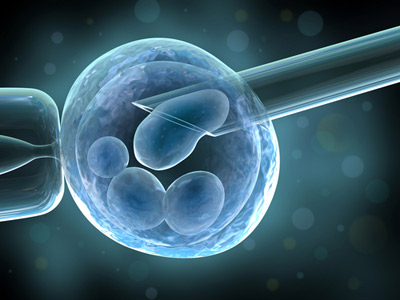IUI Support
Did you know that traditional and modern methods are being combined to treat infertility, such as acupuncture and IUI? Nobody wants to be infertile. It is the nightmare that prevents everyone’s dreams of having a family of their own. As technology progressed, more modern procedures are being used like intrauterine insemination (IUI). But infertility persisted. So today, we see traditional treatments and modern day procedures go hand in hand to help you make your dreams of having your own family come true.
Acupuncture is a traditional Chinese medicine that has been in use for over 2,000 years now. It is a treatment that uses needles painlessly inserted at very specific points and depths for specific lengths of time in the human body to modify the flow of energy or qi (pronounced chi or chee) through the body.
Both the World Health Organization (WHO) and the National Institutes of Health (NIH) have recognized and expressed keen interest and support for acupuncture. The WHO has an official list of ailments and diseases (the list includes infertility) that can be effectively treated with acupuncture. The NIH has included acupuncture in their recognized list of medical procedures and promotes. It also funds researches to us understand more about this often mysterious traditional treatment.
Intrauterine insemination is a treatment for infertility that tries to boost fertility by depositing the man’s sperm directly into the woman’s uterus, thereby increasing the number of sperm cells that reach the uterus.
It is a cheaper and less invasive procedure compared to the more complicated in vitro fertilization (IVF). In the procedure, the sperm is first “washed” and treated to ensure that only quality sperm is introduced into the uterus as well as to reduce the chances of infectious diseases transmitted by unhealthy sperm cells.
The washed sperm is then placed inside a catheter, a long tube-like device. The catheter is then inserted into the woman’s uterus through the cervix and the sperm is injected into the uterus. Success rates for intrauterine insemination can be around 15% to 20% depending on the cause of infertility and the condition of the patient.
The two procedures from past and present are used together to produce better results for infertility sufferers. Doctors use accupuncture to boost the efficacy of intrauterine insemination as well as other advanced modern treatments like IVF. According to Dr Alison Hunter, a licensed acupuncturist, a doctor of Oriental Medicine (OMD) and a certified Fellow of the American Board of Oriental Reproductive Medicine (FABORM), outlines 6 benefits:
1. improving the blood flow to the uterine arteries,
2. leading to better eggs
3. thicker uterine lining.
4. helps regulate hormones,
5. improves immune system function, and
6. reduces stress as well as post-IUI uterine contractions.
All of this leads to higher success rates and lower miscarriage rates after a successful pregnancy. To be most effective, patients should undergo at least eight sessions by a acupuncturist before going in for fertility treatments. This can begin anywhere from a month to three months before the procedure.
There are a lot of resources available to you to help you better understand how this can be used in tandem with modern medicine. The American Board of Oriental Medicine (ABORM) has a great website that offers information and help in finding reliable practitioners as well as other alternative oriental treatments. The American Academy of Medical Acupuncture (AAMA) also provides information not only as a treatment for infertility but also as a treatment for the whole body. Try visiting the National Center for Complementary and Alternative Medicine (NCCAM) as well as the Combined Health Information Database (CHID) to get data from the NIH.
Infertility does not have to end your dreams of having a family. With the combined help of the old and the new ways, your chances are much improved. Today, acupuncture and IUI are here to help you start the family you want and deserve.

Acupuncture increases IUI successful rate